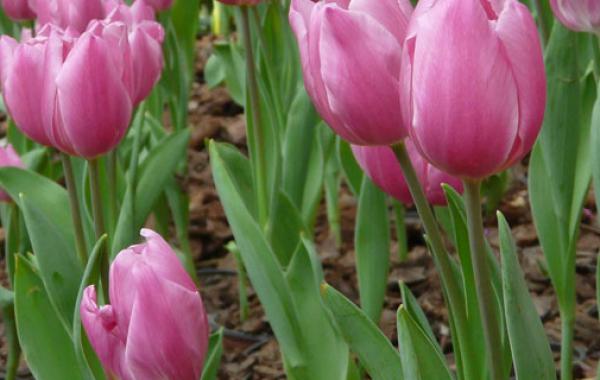Soil Control methods of Family Flower and Plant pests
With the advent of summer, flowers and other plant pests in the family are also active. These pests not only harm flowers and plants, but also cause some disturbance to our lives. Family flower cultivation is mainly potted, and the varieties cultivated are different, so the species of insect pests in flowers and plants are also different.
1. Piercing and sucking mouthparts pests, feeding on the leaves, flowers, buds, stems and other tissues of flowers with mouth needles, and sucking juice. The appearance of the damaged flowers does not cause mechanical damage, but it will cause discoloration spots, tissue deformities (leaf wrinkles, galls, etc.), weakening plant growth. Common scale insects, aphids, thrips, whiteflies and mites are common.
2. Chewable mouthparts pests cause mechanical damage after harming flowers, making the leaves of the injured plants defective, eating flesh, leaving only reticular veins, and the pests drill into the interior, causing holes, forming wormways, withering leaves, early falling and so on. Such as yellow diamondback moth, beetle, sky caterpillar, longicorn beetle, deciduous fly, grub (beetle larva), small tiger, mole cricket and so on.
Many families always feel unsafe to use the drugs they buy to kill pests. Here are a few:
Tobacco: tobacco has the functions of stomach poison, contact killing and fumigation, which can cause nerve paralysis and death of pests. Because of its strong permeability, it also has a certain insecticidal effect. Usage: soak tobacco stalks or leftover cigarette butts with water for 60 times, soak for one day and night, filter and spray, which can control aphids, red spiders and newly hatched shell insects.
Detergent: has a strong contact effect on pests. Detergent solution can relieve the waxy layer on the surface of pests and seep into the body, blocking the stomata on the surface of pests and suffocating them to death. Usage: 200 mi 300 times liquid can control leafhoppers, 600 mi 1000 times can control red spiders, aphids and shellfish. Neutral washing powder should be selected.
Soapy water: take general laundry soap, you can also use the remaining pieces, cut into thin slices, use hot hydration, add water according to the ratio of 1, 60, 60, 70, and spray after cooling to control aphids and leaf mites. For example, soaking cigarette butts with soapy water (excluding cigarette ash) can not only control aphids and leaf mites, but also control thrips, whitefly and leafhoppers. Soapy water can not be used for a long time, which is easy to cause basin soil alkalinity.
Wind oil essence: it can control aphids, shell insects, moth and butterfly larvae by diluting 600 times liquid, and red spiders can be controlled by 400 times liquid.
Mosquito-repellent incense: light it and hang it on the plant, seal it with plastic film for 10 minutes, and kill whitefly.
Vinegar: spray bottled vinegar with water for 8 times, once every 3 days, to control shell insects.
Pepper water: 100g pepper with water 3Kg boil, spray after cooling can control shell insects.
Garlic: take garlic 0.5Kg, mash it into a pulp (12.5Kg), soak and filter and spray on the surface of the basin soil to prevent ants and earthworms.
Green onion: take green onion leaf 1Kg, dry it into powder, add 7.5Kg water soak and filter, spray, it can control aphids, molluscs, snails and so on.
Onion: 20g onion, mashed and soaked in 1000ml water for 24 hours, then filtered and sprayed, can control aphids and red spiders.
Related
- What if the leaves of potted flowers turn yellow?
- Florescence Control of several Flowers
- Anti-freezing technology and post-freezing nursing technology of flowers
- What is the classification of flowers? What are the common methods of flower classification?
- Prevention and control of alkali and acid damage of flowers in courtyard
- Technology of Anti-freezing and restoring growth of Flower seedlings in greenhouse and greenhouse
- How does flower fertilization not hurt the root? Fertilization technology of flowers
- Key points of disinfection in flower greenhouse
- Several pesticides that are banned or used cautiously in flowers
- How to fertilize the flowers that watch the leaves?



